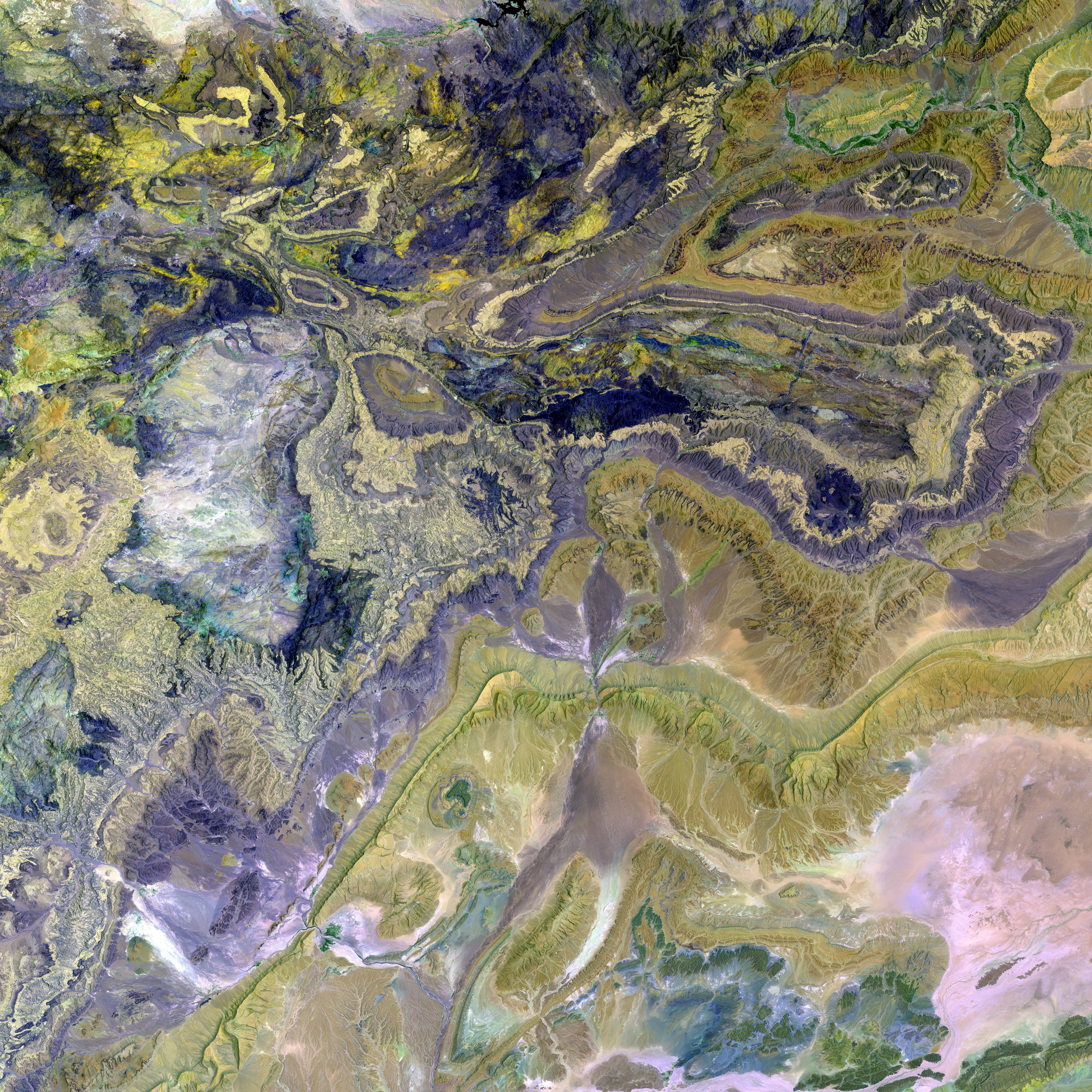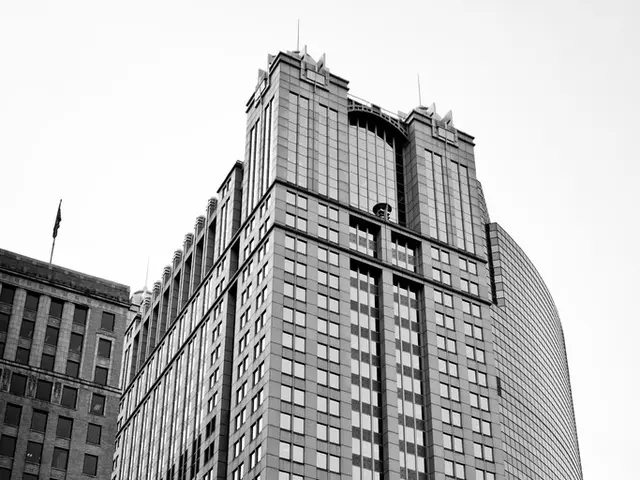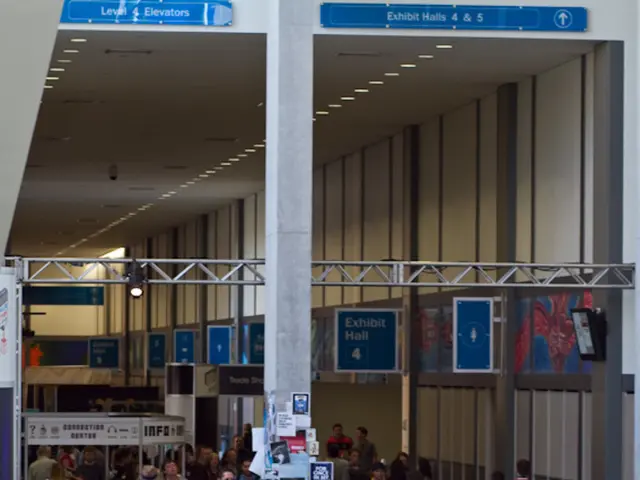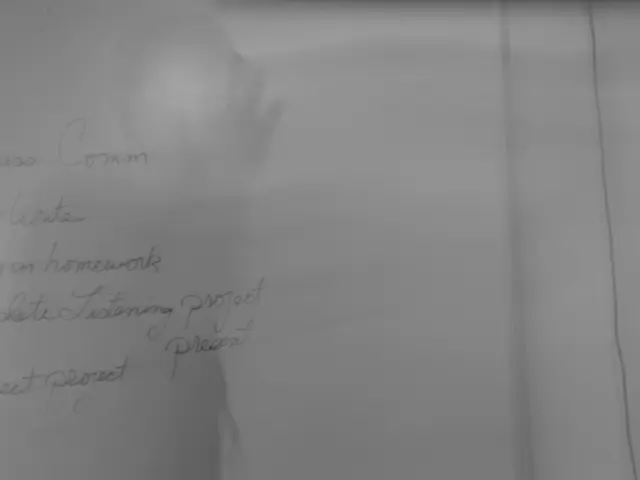Toxins from outlawed pesticides in the European Union prompt poisoning cases in France, reports ANSES
Pesticide Troubles Persist in France: A Tangle of Banned Substances and Illicit Trade
It's a tangled web in France, where outlawed pesticides continue to pose threats, even decades after bans, and illicit trade activities complicate matters further.
A recent report from the French Agency for Food, Environmental and Occupational Health & Safety (Anses) revealed that certain pesticides banned in the European Union for over twenty years are still triggering poisonings in France. As of May 5, Anses analyzed 599 exposure and poisoning cases linked to 150 plant protection products containing a total of 64 unapproved active substances, reported to poison control centers in France between January 1, 2017, and December 31, 2022.
Three-quarters of these exposures were accidental, but the remaining quarter involved suicidal behavior. Of the 55 most severe poisonings, 15 were suicides. The most affected regions were overseas territories (Guadeloupe, Martinique, French Guiana, Réunion, and Saint-Pierre-et-Miquelon), Île-de-France, Hauts-de-France, and Normandy.
Insecticides (60%), herbicides (19%), and rodenticides (5%) were the main offenders, either still in stock after bans or illegally imported. About half of these products contained dichlorvos, purchased in France from street vendors on markets, in stores, or online. Aldicarb, an insecticide, acaricide, and pesticide, still involved in cases resulting in around ten calls to poison control centers per year, reportedly lingers in Hauts-de-France due to its widespread use in potato and sugar beet cultivation before the EU ban.
The Persistent Problem of Chlordecone
Banned in 1993, chlordecone continues to contaminate 90% of the adult population in Guadeloupe and Martinique via soil, water, and food chains. As a carcinogenic insecticide, it causes ongoing health impacts despite no longer being actively used.
The Global Network of Banned Pesticides
Chlorpyrifos, recently added to the Stockholm Convention’s elimination list (May 2025), is a neurotoxic pesticide banned in the EU but persists in global illegal pesticide networks. Trafficked pesticides like chlorpyrifos-like compounds enter France via cross-border trafficking, as seen in a 2024–2025 EU operation seizing 26 tonnes of illegal pesticides.
Illegally Sourced Pesticides and the Underground Market
Banned substances continue to circulate through smuggling routes, often repackaged to bypass controls. Recent investigations expose banned agricultural chemicals entering the EU via mislabeled shipments or e-commerce channels, lurking in household products. Storage occurs in unauthorized facilities or informal networks, avoiding regulatory oversight.
This complicated ménage à trois of enduring contamination, black markets, and illicit trade activities makes France's pesticide management a challenging undertaking. If you're curious about what lies behind the headlines, subscribe to our newsletter "Human warmth" to receive our best articles on climate change every week.
- Despite bans decades ago, outlawed pesticides continue to impact the health-and-wellness sector in France, being implicated in a considerable number of poisonings as stated in a report from the French Agency for Food, Environmental and Occupational Health & Safety (Anses).
- While most of the 599 exposure and poisoning cases were accidental, a significant percentage involved suicidal behavior with a total of 15 suicides identified among the 55 most severe cases.
- Regions such as overseas territories (Guadeloupe, Martinique, French Guiana, Réunion, and Saint-Pierre-et-Miquelon), Île-de-France, Hauts-de-France, and Normandy have been disproportionately affected.
- Insecticides (60%), herbicides (19%), and rodenticides (5%) are the primary culprits, either held in stock after bans or smuggled into the country illegally.
- Surprisingly, about half of the harmful products containing dichlorvos, a notably dangerous substance, can be purchased from street vendors on markets, in stores, or online in France.
- The widespread use of aldicarb, an insecticide, acaricide, and pesticide, in potato and sugar beet cultivation before the EU ban is responsible for its persistent presence in Hauts-de-France.
- Banned for over three decades, chlordecone still contaminates 90% of the adult population in Guadeloupe and Martinique via soil, water, and food chains, with ongoing health impacts reported.
- Chlorpyrifos, a neurotoxic pesticide banned in the EU, still persists in global illegal networks and has been traced in France, entering the country via cross-border trafficking.
- Banned agricultural chemicals slip into the EU in mislabeled shipments, deceptive e-commerce channels, and reside in household products, making regulatory oversight challenging.
- The storage and distribution of these illicit pesticides often occur in unauthorized facilities or underground networks, adding another layer of complication to France's pesticide management.
- To stay informed about the intricate issues associated with pesticides, climate change, and sustainability, subscribe to our newsletter "Human Warmth" for weekly updates on the latest research and trends in environmental-science, finance, lifestyle, technology, travel, shopping, sports, home-and-garden, and personal-finance sectors.









